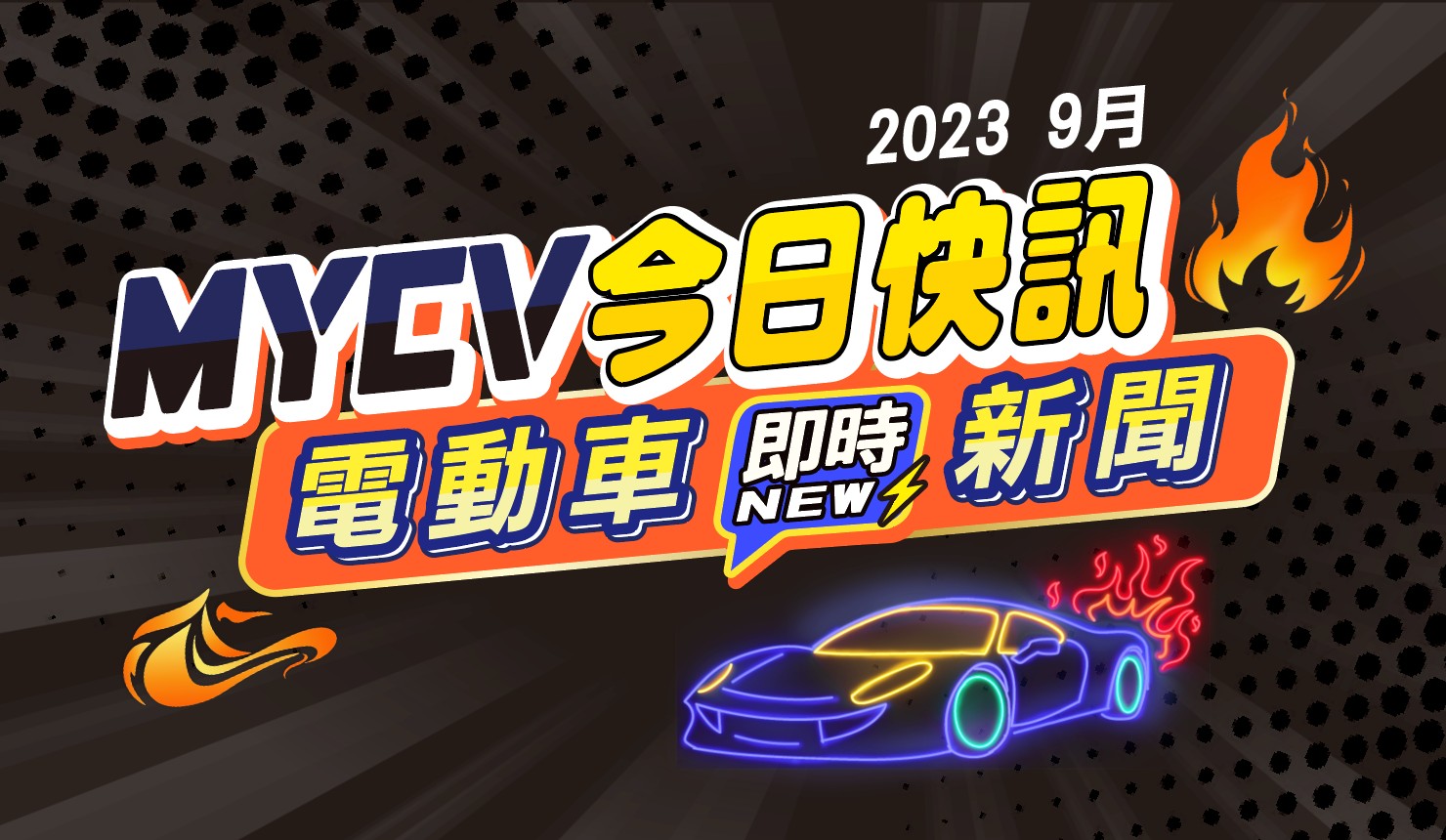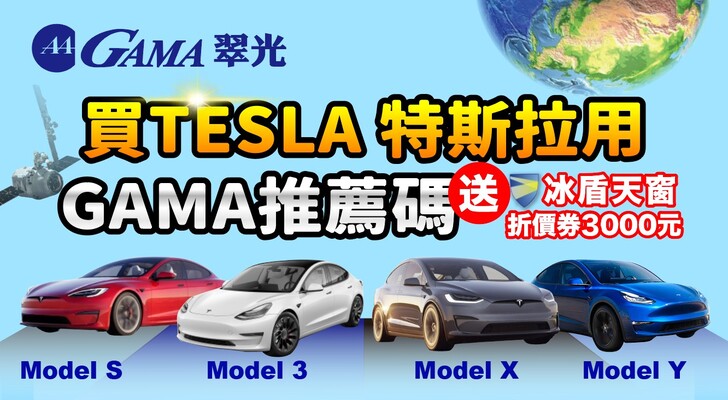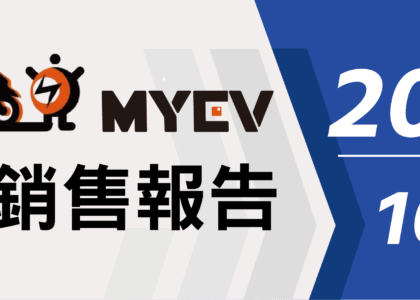Optimus carrying a package using Tesla Vision
特斯拉剛剛發布了其副產品Optimus(也簡稱為特斯拉機器人)的又一段預告視頻,在其中展示了其最新的能力,即使在相對簡單的任務中也能夠勝任。
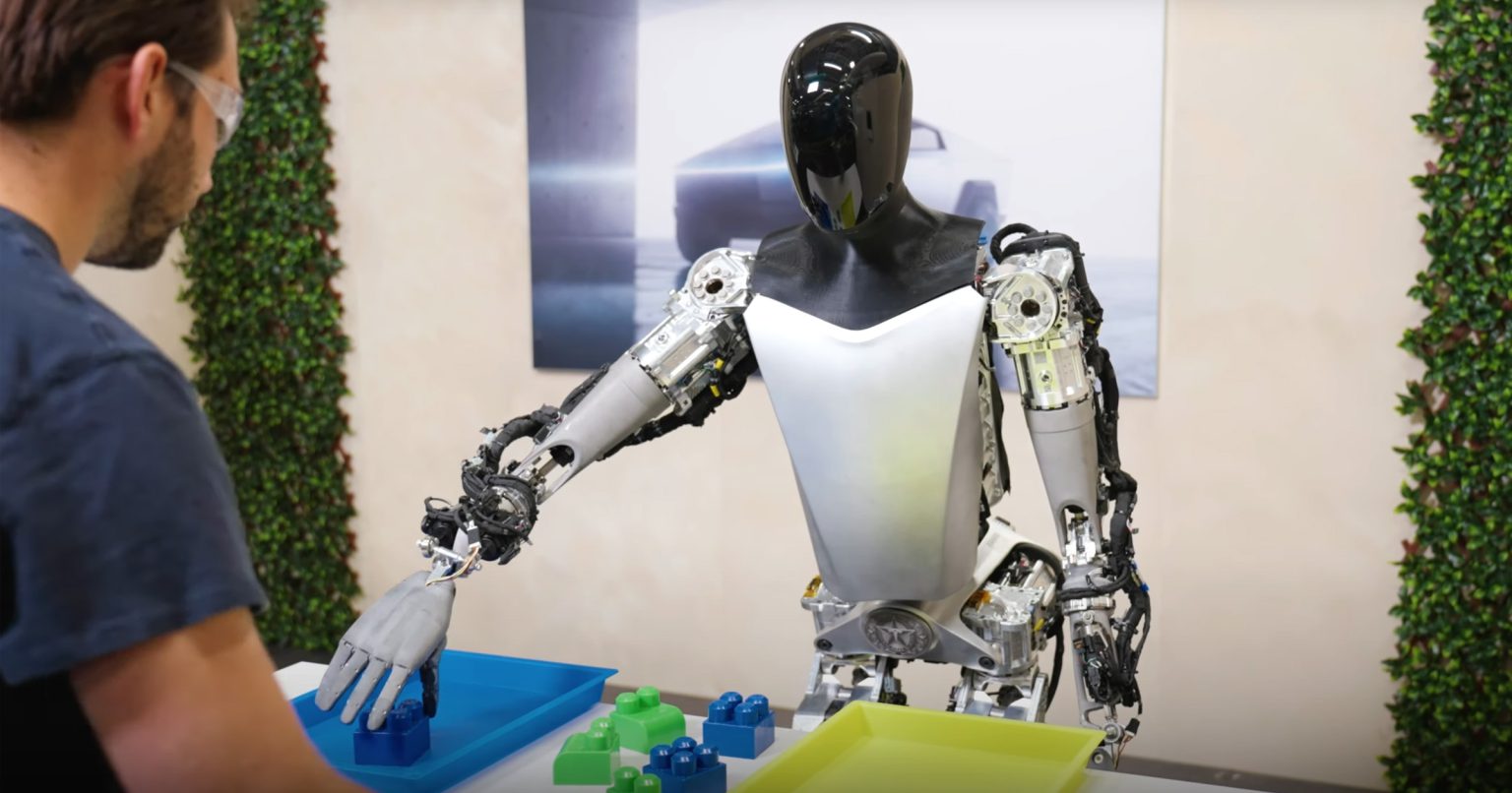
Image Credit: Tesla
這個人形機器人現在能夠在沒有外部輸入的情況下完成設定的任務。 它使用身體內的感測器,以及內建相機(即其眼睛)提供的視覺,來精確地以一種近乎人類的方式移動手臂,識別自己的肢體。
這是它獨立自主校準的一部分,在影片中,它在執行任務之前完成了這一步驟。
身為人類,我們甚至不會記錄自己在做這件事,但事實上,我們一直在做著非常相似的事情——掃描周圍的世界,判斷與物體、人、建築、車輛等的距離,然後根據 情況調整我們的行為和動作。
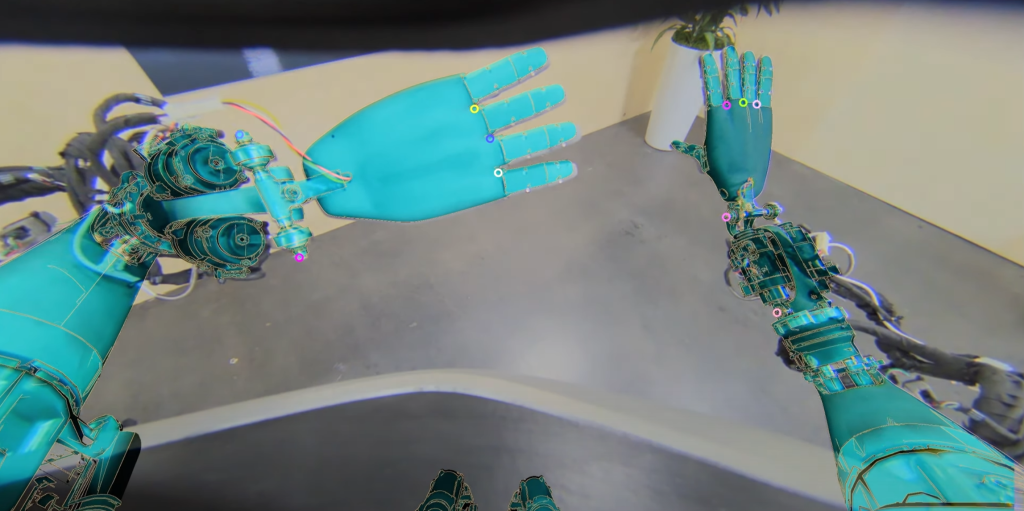
What the robot sees looking down, as it calibrates itself / Image Credit: Tesla
這可能看起來非常基礎,但這無疑是自主機器人發展的基本步驟(即使目前只是一個小步驟)。 我鼓勵您觀看剛剛在YouTube上發布的整個影片。 不要專注於花俏的姿勢,而是專注於手部微小的動作,這無疑是目前業界最出色的。
除了僅僅識別自身和周圍的物體(在這種情況下,是彩色方塊,它的任務是對其進行分類,就像年幼的孩子經常做的那樣),它還可以適應不斷變化的情況,例如 當人類移動物品時,或在其中一個方塊倒下時,它可以糾正自己的錯誤。
這是機器人端到端神經網路的工作原理,它接收來自眼睛和肢體的輸入,然後將其傳遞給控制器,無需任何中間人幹預即可指導移動。
即使看起來非常簡單,它也是種植在獨立機器人身體上的自我意識的微小種子,未來可以在其上建立其他任務和行為。
考慮到大型語言模型的最新發展,已經使得軟體能夠以類似於人類的方式進行通信,只是在未來的幾年內,所有這些組件將合併成一個單一的有用整體。
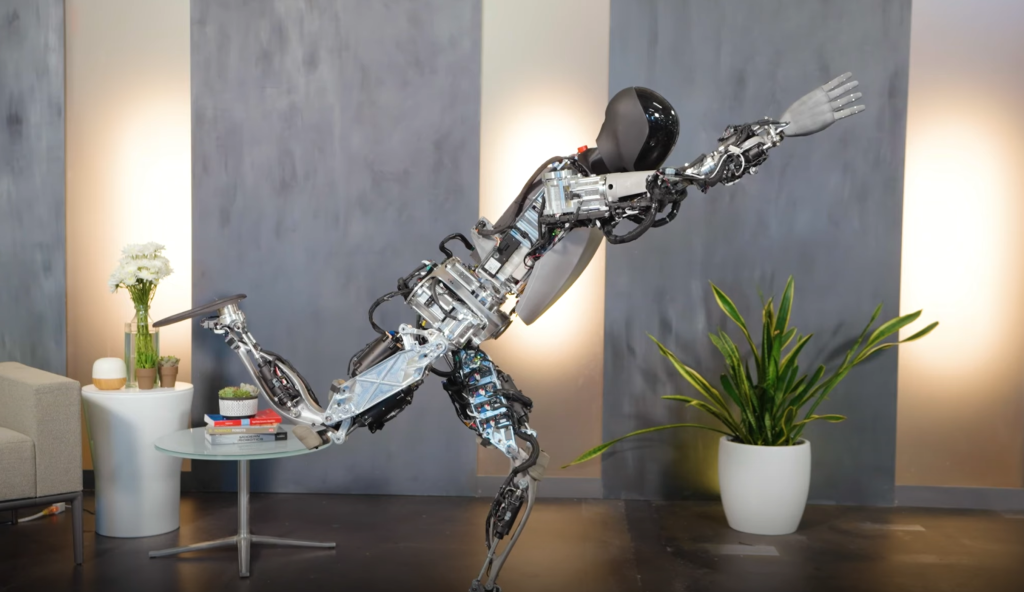
To the Moon! / Image Credit: Tesla
您可能會想知道為什麼一家汽車公司首先會著手進行這樣的項目,特別是考慮到它仍然需要向客戶提供更多東西(例如未來的賽博卡車或用於遠程貨運的半掛卡車,兩者都 遇到了延誤問題),但事實是,儘管這是一次免費宣傳的機會(馬斯克擅長利用),但它也是其未來自動駕駛汽車開發過程的一部分。
畢竟,智慧自我意識的基本機制對於巡航車輛和人形機器人一樣有用。 那為什麼不兩者兼顧呢?
儘管在2021年首次亮相時,評論家們將這個想法批評為馬斯克職業生涯中的又一個幻想性分心,就像他職業生涯中的許多其他分心一樣,但它取得的進展似乎相當有 意義。
而無論它是否真的會成為一個獨立的產品——每個家庭的個人管家——還是會被整合到其他更專業的機器人解決方案中,它都值得繼續開發,特別是在當前人工智能迅速進步 的時期。
#特斯拉#電動車買賣MYEV#MYEV#買電動車#MYEV美國隊長#2023年9月新車交車#臺灣新車交車量#2023年9月汽車銷量.

